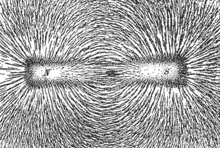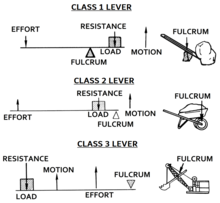Today we finished some our simple machine explorations. We moved on to magnetism and electricity. We started by looking at a variety of magnets; bar magnets, circular magnets, horseshoe magnets and even cow magnets. We even looked at some very powerful magnets from the accelerator at fermi lab. we then explored their magnetic properties and strengths. We also discussed how electricity and magnetism are the same force just different sides.



We explored with various materials to see what interacts with magnets. Finally we made visual pictures of the magnetic fields using iron filings. We even created a quadrapole magnetic field. Next we explored electromagnets.
After lunch we looked at electricity. We started by working with static electricity. We discussed what charged through induction means. We used transparent tape to produce statically charged pieces of tape that were attracted to electrically neutral objects. We moved on to direct current and used energy balls to create circuits. students were then given bulbs and batteries foil and wire to create their own circuits. We wrapped up our afternoon by using 9 volt batteries to light up strings of lights.
Thursday, August 4th, 2016

































































